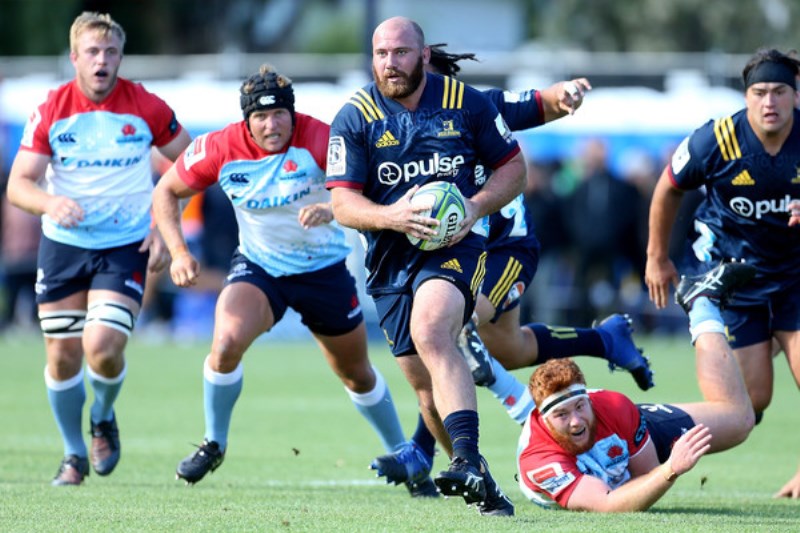 Super Rugby chiefs are reportedly considering expanding into the United States, undeterred by their previous failed attempt to increase the southern hemisphere competition to 18 teams.
Super Rugby chiefs are reportedly considering expanding into the United States, undeterred by their previous failed attempt to increase the southern hemisphere competition to 18 teams.
Australia’s Fairfax Media said a leaked paper titled “SANZAAR 2030 Strategy” examined long-term options for the competition, including a push into North America.
Fairfax said one possibility was a 20-team, four-conference format likely to feature at least one US team.
Attempting to gain a foothold in the lucrative but ultra-competitive US market would be a bold move for SANZAAR, particularly after the 18-team debacle.
The experiment, which ended this year after two seasons, added an extra three teams to the competition, including Argentina’s Jaguares and the Sunwolves of Japan.
SANZAAR’s strategy paper found the resulting competition was “confusing, lacked integrity and was ultimately not supported by fans, stakeholders and commercial partners,” Fairfax reported.
It said the current 15-team format would remain until 2020, when the governing body would consider five options — retaining the status quo, contraction or three expansion scenarios.
Senior officials such as New Zealand Rugby boss Steve Tew have indicated in the past that they believe Super Rugby must expand to survive.
Moving into new markets is seen as key to increasing television revenue and preventing cashed-up European clubs luring top players.
Fairfax New Zealand sports writer Duncan Johnstone said rugby in the United States was a “sleeping giant” and the southern hemisphere needed to push into the market before their northern rivals
“If SANZAAR can’t come up with a formula to find inclusion, you can be sure someone else will,” he wrote. “Whoever gets in first will likely laugh all the way to the bank.”
The paper raises the prospect of further tinkering with the format of Super Rugby, which began as the Super Six in 1986.
It become Super 10 when South Africa re-entered the rugby world in 1993, then Super 12 when the newly formed SANZAAR took control in 1996.
A decade later it was Super 14, then Super 15 in 2011.
It featured 18 teams and a conference system in 2016 and 2017 before being scaled back to 15 sides this year. – Agence France-Presse


































